Oktan E., Ayan S., Sedel’nikova T. S. International Forestry and Environmental Symposium (IFES 2017): Climate Change and Tree Migration
1 Karadeniz Technical University
Kuzeykent mh. Org. Atilla Ateş Paşa cd., Kastamonu, 37100 Turkey
3 Federal Research Center Krasnoyarsk Scientific Center, Russian Academy of Sciences, Siberian Branch
V. N. Sukachev Institute of Forest, Russian Academy of Sciences, Siberian Branch
Akademgorodok, 50/28, Krasnoyarsk, 660036 Russian Federation
E-mail: ercanoktan@hotmail.com, sezginayan@gmail.com, tss@ksc.krasn.ru
Abstract
How to cite: Oktan E.1, Ayan S.2, Sedel’nikova T. S.3 International forestry and environmental symposium (IFES 2017): Climate change and tree migration // Sibirskij Lesnoj Zurnal (Sib. J. For. Sci.). 2018. N. 3. P. 103–107 (in English and in Russian).
DOI: 10.15372/SJFS20180311
© Oktan E., Ayan S., Sedel’nikova T. S., 2018
Article
CHRONICLE
INTERNATIONAL FORESTRY AND ENVIRONMENTAL SYMPOSIUM (IFES 2017):
CLIMATE CHANGE AND TREE MIGRATION
The International Forestry and Environmental Symposium (IFES 2017) was held in Trabzon, Turkey on November 7–10, 2017. The main theme of the symposium was «Climate Change and Tree Migration». Although forests have been gradually migrating and evolving throughout the history of planet Earth, climate change has accelerated the migration of forests. In this symposium, different sub-themes were discussed including how forest managers can mitigate climate change impacts on forest migration and find solutions to related questions.
The symposium was held on the base of Karadeniz Technical University in collaboration with Kastamonu University (Turkey), Artvin Coruh University (Turkey), S. Seifullin Kazakh Agro Technical University (Kazakhstan), and Ibn-i Zohr University (Morocco).
KTU is a state university founded in 1955. It is located in the Black Sea region of Trabzon, Turkey. Trabzon is a large port on the coast of the Black Sea and was founded in seventh century BC by the Greeks. There are many architectural monuments dating back to the Byzantine and Ottoman periods. KTU is the fourth oldest university in Turkey and the first Turkish university built outside of Istanbul and Ankara. In 1963, the first basic sciences departments that formed the basis of the university were opened–Engineering and Construction, Electrical Engineering, and Forestry. The university began educational and pedagogical work on December 2, 1963. The academic excellence of KTU stems from active, interesting research groups in which learning and research go hand in hand. The innovative, interactive, and modern infrastructure of the KTU research center promotes research in modern laboratories and in the field of practice. Currently, KTU has six departments, 13 faculty, three institutes, three schools for higher education, and over 40 programs that are taught by approximately 1700 highly specialized lecturers of which 600 have a scientific doctoral degree. KTU Kanuni Campus is not only one of the best in the world, due its renowned research facilities and faculty and social, cultural and sports facilities, but is also conveniently located amidst beautiful green parks and blue seas.
The main objective of IFES 2017 was to discuss the results of research pertaining to climate change and the migration of tree species. The Symposium Chair was Ass. Prof. Dr. E. Oktan and the Honorary Chairs were Rector of the Karadeniz Technical University Prof. Dr. S. Baykal, Rector of the Kastamonu University Prof. Dr. S. Aydin, Rector of the Ibn Zohr University Prof. Dr. O. Halli, Rector of the S. Seifullin Kazakh Agro Technical University Prof. Dr. A.K. Kurishbayev, and Rector of the Artvin Coruh University Prof. Dr. F. Tilki.
The members of the scientific committee were specialists from 15 countries: Austria, Azerbaijan, Czech Republic, Georgia, Greece, Iran, Italy, Japan, Macedonia, Morocco, Pakistan, Portugal, Russia, Turkey, and the USA. Russia in the Scientific Committee of the Symposium was represented by Dr. Biol. Sci. Tamara S. Sedel’nikova, V. N. Sukachev Inst. For., Rus. Acad. Sci., Sib. Br., Fed. Res. Center, Krasnoyarsk Sci. Center, Rus. Acad. Sci., Sib. Br.
The Symposium had parallel sessions held in four conference halls (Hasan Turan, Fahri Kuran, Nihat Turan I, and Nihat Turan II) in the Prof. Dr. Osman Turan Culture and Congress Center (Fig. 1).
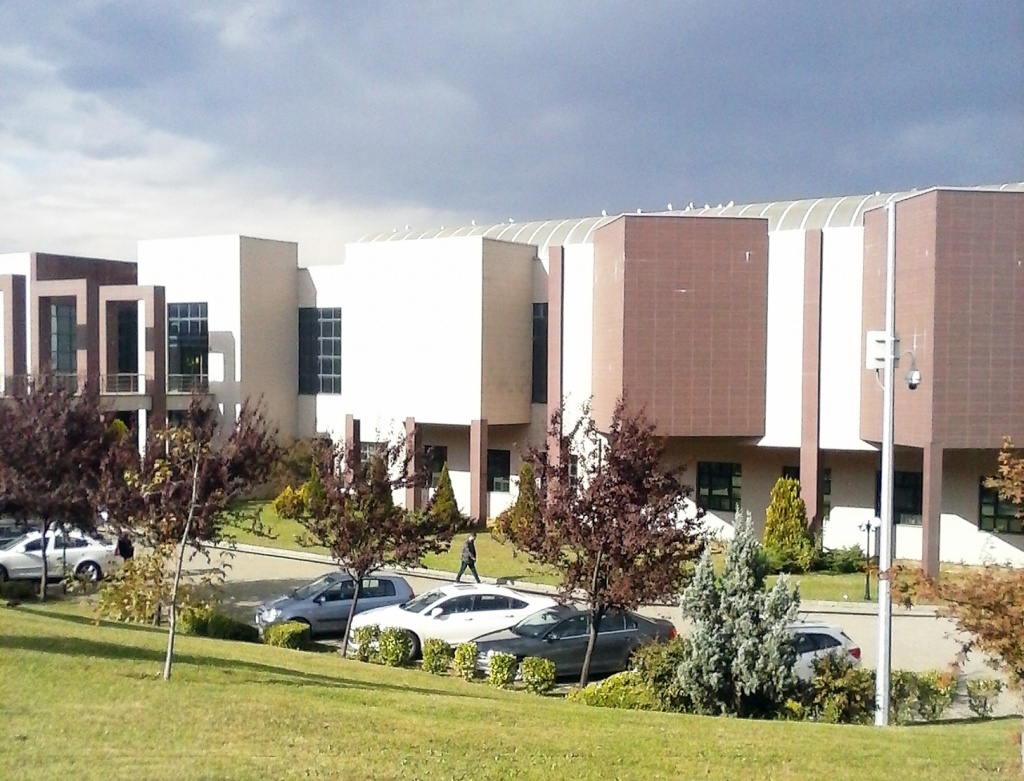
Fig. 1. Prof. Osman Turan Culture and Congress Center.
After registration on the first day, November 7th, Opening & Welcome Speeches were delivered by Symposium Chairman Dr. E. Oktan, Rector of Igdir University Prof. Dr. H. Alma, Vice Rector of Kastamonu University Prof. Dr. S. Ayan, KTU Dean of Faculty of Forestry Prof. Dr. G. Colakoglu, and the Head of Forestry Engineering Department Prof. Dr. A.O. Ucler (Fig. 2).
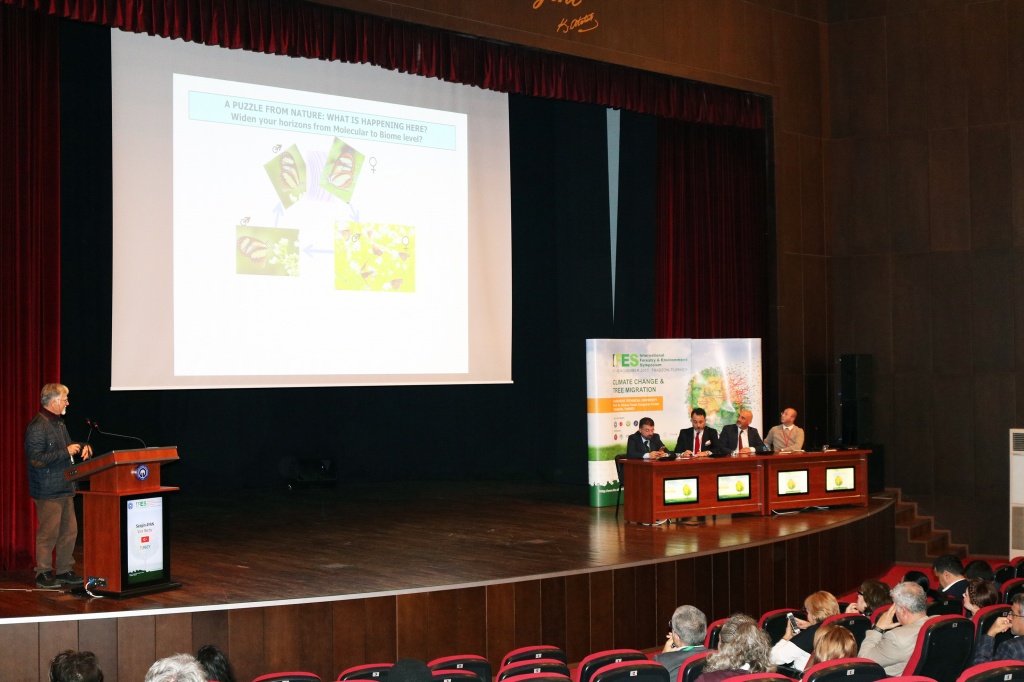
Fig. 2. Invited keynote speakers of the IFES 2017, Professor Emeritus Dr. K. Isik, Akdeniz University, presents the plenary lecture.
Keynote speakers, Professor Emeritus Dr. K. Isik (Akdeniz University, Antalya, Turkey) and Dr. F. Ducci (CREA FL, Forestry research center, Arezzo, Italy), presented plenary lectures. Prof. Dr. K. Isik delivered a presentation on «Impacts of Climate Change on Biodiversity: I–Ecological Evidence» (Fig. 3).
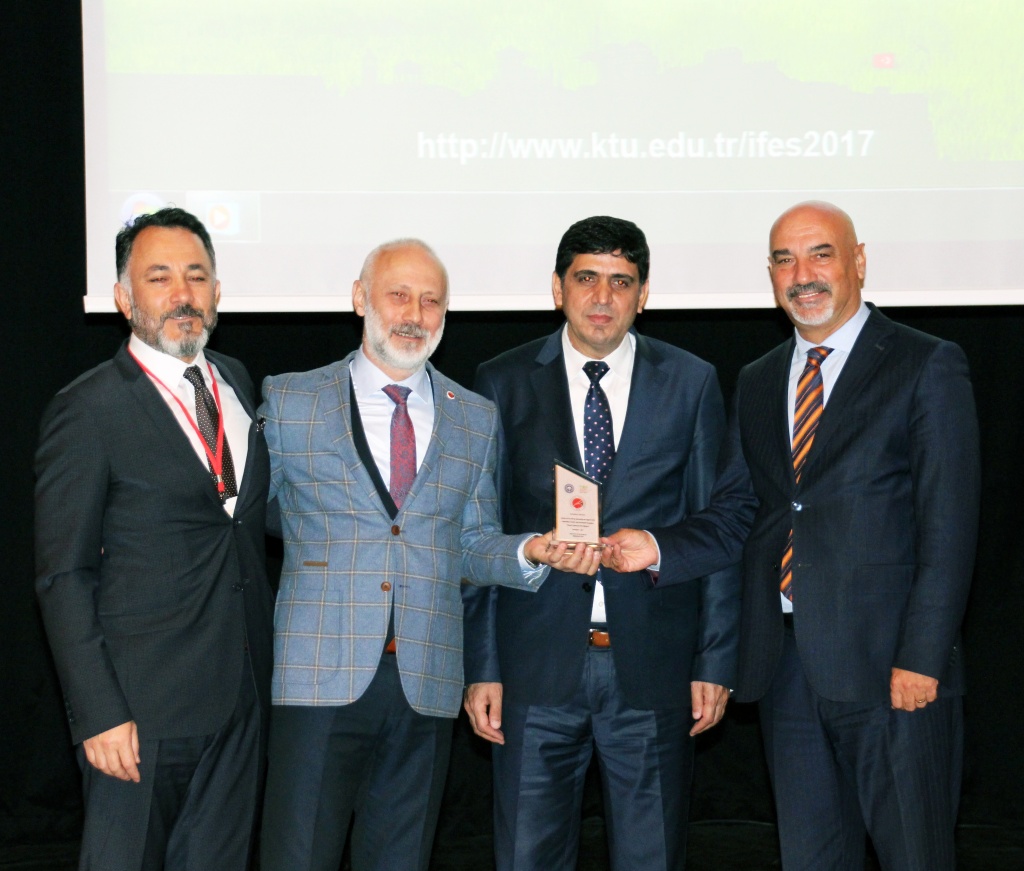
Fig. 3. Members of the IFES 2017 Scientific Committee. From left to right: The Symposium Chair Dr., Assit. Prof. E. Oktan, Karadeniz Technical University; Dr., Prof., S. Ayan, Head of Silviculture Department & Faculty of Forestry, Vice Rector, Kastamonu University; Dr., Prof., M. H. Alma, rector, Iğdır University; Dr., Prof. G. Çolakoglu, Dean of Forestry Faculty, Karadeniz Techical University.
He noted that biodiversity, which is the diversity of all living things together with their ecosystems, provides invaluable goods and services for both humans and other organisms on Earth. These goods and services, collectively called ecosystem services, include territory, shelter, food, fodder, fiber, clean water, clean air, medicine, fuel and energy, flood/storm/erosion control, pollination, seed dispersal, pest control, soil formation, soil improvement, cultural, spiritual, esthetic, and recreational services. Thus, maintaining Earth’s biodiversity and ecosystem health is a common global concern.
Dr. F. Ducci presented a collective report titled «Marginal Populations and Some Experiments on Assisted Gene Flow in Oaks» (by F. Ducci, R. Proietti, G.B. de Dato, M.C. Monteverdi, P. Belletti, E. Calvo, and S. Ayan). He presented the results of the analysis of the genetic structure of the Carpaneta forest (Mantua, Italy) and its significance as an experiment to promote supported gene migration in an area considered to be an ancient “hub” of diversity for oak species-pedunculate oak Quercus robur L. and sessile oak Quercus petraea Matt. Liebl.
The scientific program of the symposium included two plenary lectures and 30 thematic sessions, of which 180 were oral presentations and 28 were posters. Turkish, English, and Russian were the official languages of the symposium.
The topics covered in the thematic sessions were as follows: arid and semi-arid ecosystems, biodiversity, biotechnology and the environment, carbon cycle, dendrochronology/dendroclimatology, degradation of landscapes, ecological economics, emissions to the environment, environmental protection, ethnobotany, forests and climate change, forest policy, gardening, GIS and remote sensing, protection of forests, production of forest products, landscape architecture, landscape technology, non-woody forest products, plant food, protected natural areas, renewable energy sources, rehabilitation, forest cultures, sustainable forest management, physiology of stress, management of river basins, water and soil, marsh ecosystems, and technologies of wood processing.
Russia was represented at the symposium by a joint Russian-Bulgarian report «Variability of chromosome numbers of conifers as a factor of their biodiversity» by T. S. Sedelnikova, A. V. Pimenov (V. N. Sukachev Inst. For., Rus. Acad. Sci., Sib. Br., Fed. Res. Center, Krasnoyarsk Sci. Center, Rus. Acad. Sci., Sib. Br., Krasnoyarsk, Russia), and A. N. Tashev (Univ. of Forestry, Sofia, Bulgaria) in the «Biodiversity» session. Also, reports like «Transformation of some chemical soil characteristics under different types of aerial technogenic pollutions in the Urals» by researchers from the Botanical Garden, Ural Branch, Rus. Acad. Sci., (Ekaterinburg), N. A. Kuzmina, S. L. Menshikov, K. E. Zavyalov and «Some transformation patterns of pre-tundra and taiga boreal forests in conditions of the aerotechnogenic pollution» by S. L. Menshikov, N. A. Kuzmina, and P. E. Mohnachev in the joint «Biodiversity, Wetland Ecosystems, Land Degradation» session.
The Book of Abstracts was released according to the materials of the symposium. A total of 120 participants took part in the symposium including the organization and scientific committee. Among them were scientists, graduate students, and students from many countries like Azerbaijan, Bulgaria, Georgia, Greece, Italy, Kazakhstan, Morocco, Russia, and Turkey.
In the symposium, a wide range of themes on forestry and environmental were discussed. In the conclusive resolution adopted at the symposium, it was noted that human beings have lived as part of nature since their existence and have acted in harmony with the balance of nature. However, the rapid population growth in the world has changed this balance against nature and continues to cause anthropogenic changes. The most important indicator of this is global climate change. It should not be forgotten that civilization is the life of man in harmony with nature. Finding solutions to environmental problems is not only the responsibility of forest and environmental engineers, but requires an international effort and interdisciplinary solidarity including many of the social sciences (i. e., literature, sociology, philosophy, and psychology). Therefore, international cooperation is inevitable for finding environmental solutions.
On the last day, as part of the cultural program, the symposium participants were invited to a local folk music concert at the Ataturk Cultural Center of KTU. The Organizing Committee organized an excursion to Uzungöl Natural Park, located in the Black Sea region, 99 km from Trabzon. The Uzungöl Natural Park, which covers an area of 1625 ha, was established in 1989. It is located near a small village, a mosque, and tourist resorts. Its scenic mountain valley contains one of the most beautiful fresh water lakes of volcanic origin in Turkey – Uzungöl called the Uzungöl Lake. The lake is rich with trout and its permanent inhabitants, Wild Mallard Ducks. Mountain sides of Uzungöl Nature Park include Oriental Spruce (Picea orientalis L. Link.), Fir Abies nordmaniana subsp. nordmania (Stev.) Spach., Scots Pine Pinus sylvestris L. and many more tree species that also surround the Uzungöl Lake (Fig. 4).
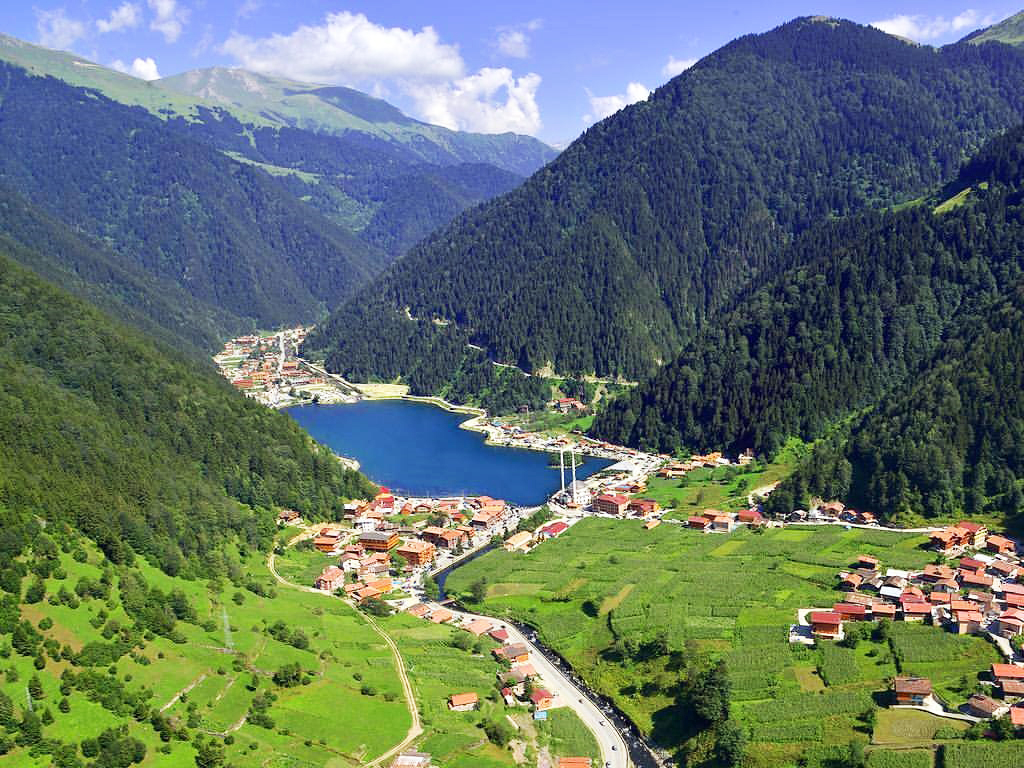
Fig. 4. View of the Uzungöl Natural Park.
Approximately 150 species of native flora grow in this area, which not only attract nature lovers but also professional botanists. Various animals inhabit the mountain forests in this area – bears, lynxes, wild boars, roe deer, martens, and wolves. Participants of the symposium admired the beautiful landscapes of the Uzungöl Nature Park and took a photograph together as a memento (Fig. 5).
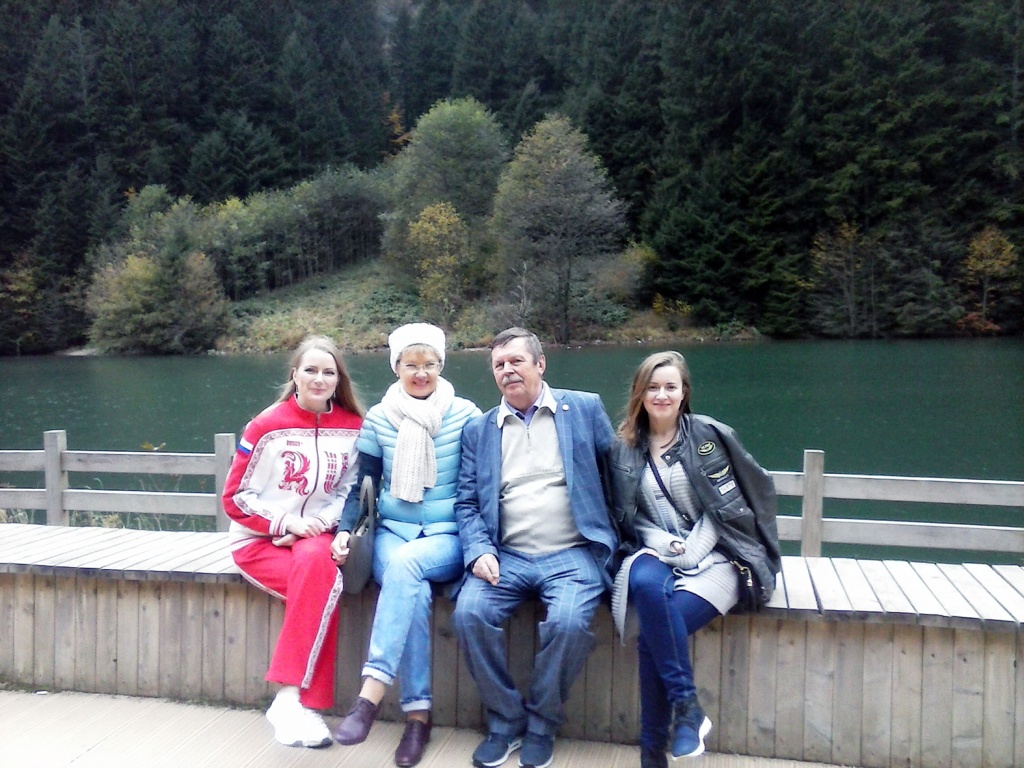
Fig. 5. Russian participants of IFES 2017. From left to right: N. A. Kuzmina, Junior Res., Bot. Garden Ural Br., Rus. Acad. Sci., Yekaterinburg; T. S. Sedel΄nikova, Dr. Biol. Sci., Prof., Leading Res. Sci., V. N. Sukachev Inst. For., Rus. Acad. Sci., Sib. Br., Krasnoyarsk; S. L. Menshikov, Dr. Biol. Sci., Prof., Head for the Lab. Ecol. Technogenic Plant Communities, Bot. Garden, Ural Br., Rus. Acad. Sci., Yekaterinburg; V. D. Gorbunova, Junior Res., Bot. Garden, Ural Br., Rus. Acad. Sci., Yekaterinburg.
Symposium official website: http://www.ktu.edu.tr/ifes2017

